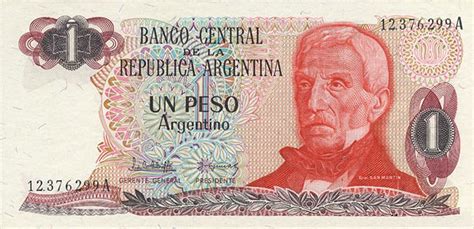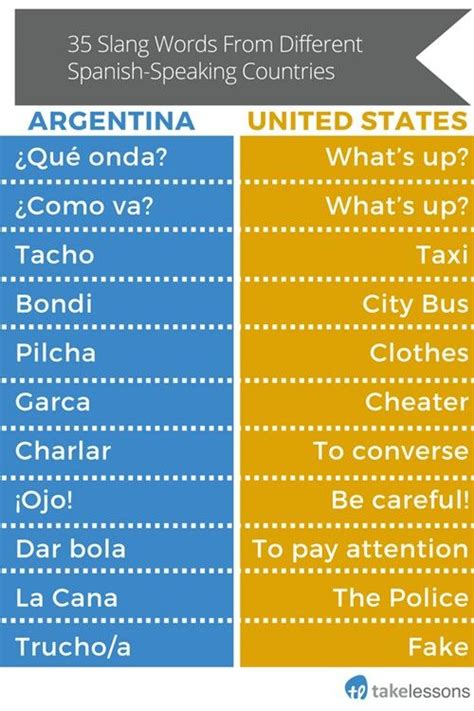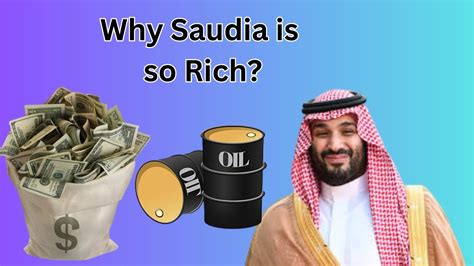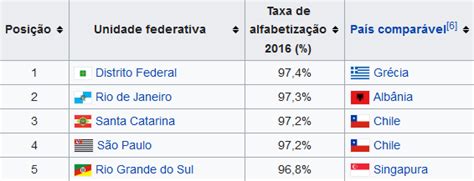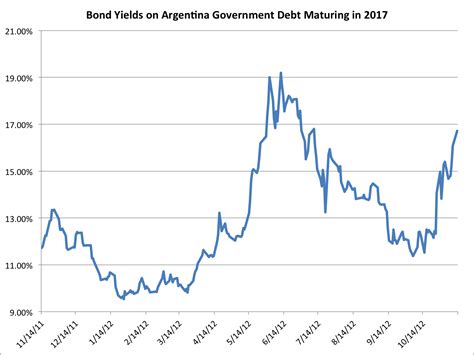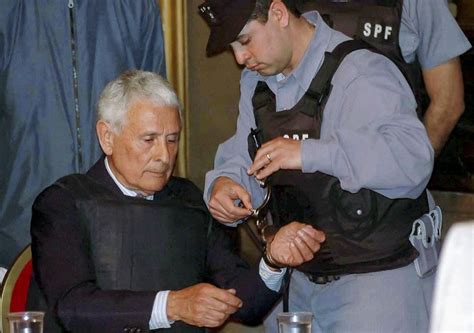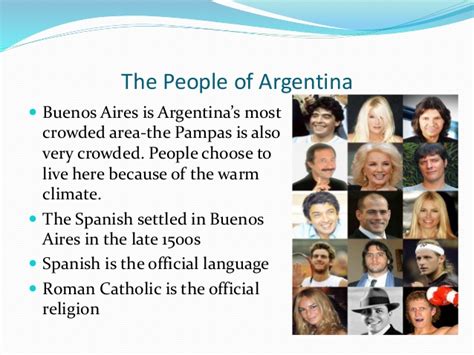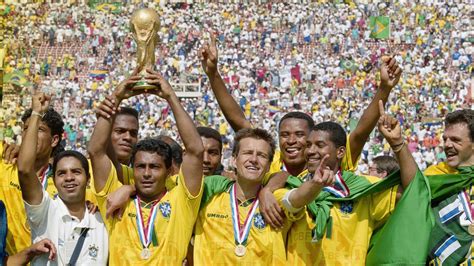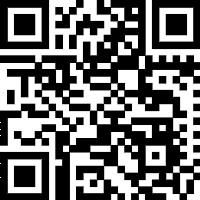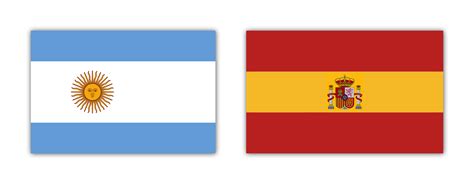
José Francisco de San Martín y Matorras (25 February 1778 – 17 August 1850), known simply as José de San Martín (Spanish pronunciation: [xoˈse ðe san maɾˈtin] ( listen)) or the Liberator of Argentina, Chile and Peru, was an Argentine general and the primary leader of the southern and central parts of South America's ...
Who freed Argentina from Spanish rule?
José de San Martín, (born February 25, 1778, Yapeyú, viceroyalty of Río de la Plata [now in Argentina]—died August 17, 1850, Boulogne-sur-Mer, France), Argentine soldier, statesman, and national hero who helped lead the revolutions against Spanish rule in Argentina (1812), Chile (1818), and Peru (1821).
Who led Argentina to independence from Spain?
The Argentine War of Independence was fought from 1810 to 1818 by Argentine patriotic forces under Manuel Belgrano, Juan José Castelli and José de San Martín against royalist forces loyal to the Spanish crown.
When was Argentina freed from Spain?
After Argentina gained independence from the Spanish in 1816, the nation was paralyzed by tension between Centralist and Federalist forces.
Who originally colonized Argentina?
Background: Spain colonized Argentina in the 16th century; it declared its independence in 1816 and emerged as a democratic republic in the mid 19th century, but has since then periodically fallen under military rule.
Who liberated South America?
A portrait of Simon Bolivar, nicknamed "El Libertador" (the Liberator) of South America, hangs in Miraflores Palace in Bolivar's hometown of Caracas, Venezuela. Miraflores Palace is the headquarters of the Venezuelan government.
Was Argentina Colonised by France?
Argentina became an independent nation during the Peninsular War, a conflict between the First French Empire and the Spanish Empire. Argentina was a Spanish territory by that time, as the Viceroyalty of the Río de la Plata, and thus at war with France, but the war never left Europe.
Why did Argentina leave Spain?
Answer and Explanation: Argentina, like other South American colonies, desired independence from Spain due to the economic exploitation that Spain had engaged in for centuries.
Who lived in Argentina before the Spanish?
Along with numerous nomadic tribespeople, two main indigenous groups existed in Argentina before the European arrival. In the northwest, near Bolivia and the Andes, was a people known as the Diaguita, while further south and to the east were the Guarani.
How long did Spain rule Argentina?
For three centuries, the Spanish Empire expanded across South America. Italian and Spanish emigrants settled in what is known today as Argentina.
Why did Spain colonize Argentina?
Much of Spain's effort was initially aimed at staving off Portuguese expansion in what today is Brazil. The first European known to have laid eyes on the area that would become Buenos Aires was Juan Díaz de Solís, who sailed up what is now the Río de la Plata and named it the Mar Dulce, or Sweet Sea.
Is Argentina Spanish or European?
While Argentina's official language is Spanish, Argentina has enjoyed so much international migration that Arabic, Italian, German, English, and French are also spoken—at least in pockets throughout the country. There are also over one million speakers of various tribal languages, including Quecha and Guaraní.
Who freed Argentina from Spanish control in 1816?
José Francisco de San Martín y Matorras (25 February 1778 – 17 August 1850), known simply as José de San Martín (Spanish pronunciation: [xoˈse ðe san maɾˈtin] ( listen)) or the Liberator of Argentina, Chile and Peru, was an Argentine general and the primary leader of the southern and central parts of South America's ...
Why did San Martín liberate Argentina?
In September 1811, San Martin boarded a British ship in Cadiz with the intention of returning to Argentina, where he had not been since the age of 7, and joining the Independence movement there. His motives remain unclear but may have had to do with San Martín's ties to the Masons, many of whom were pro-Independence.
How did José de San Martín free Argentina?
Following Napoleons invasion of Spain in 1811, San Martin returned to Argentina - where he had not been since the age of seven – intent on joining the Independence movement there. San Martin took a prominent part in organizing Argentine troops and soon became military governor of the north Spanish troops in Upper Peru.
What is the old name of Argentina?
Although "Argentina" was already in common usage by the 18th century, the country was formally named "Viceroyalty of the Río de la Plata" by the Spanish Empire, and "United Provinces of the Río de la Plata" after independence.
Was Argentina Colonized by Italians?
Italian settlements in Argentina, along with Spanish settlements, formed the backbone of modern Argentine society. Argentine culture has significant connections with Italian culture in terms of language, customs, and traditions.
Who freed most of South America?
The movements that liberated Spanish South America arose from opposite ends of the continent. From the north came the movement led most famously by Simón Bolívar, a dynamic figure known as the Liberator. From the south proceeded another powerful force, this one directed by the more circumspect José de San Martín.
Why did Spain leave South America?
The loss of high offices to Peninsulars and the eighteenth-century revolts in Spanish South America were some of the direct causes of the wars of independence, which took place decades later, but they have been considered important elements of the political background in which the wars took place.
What percentage of Argentina is French?
Until the 1880s, the great majority of French immigrants to Argentina were from the Pyrenees. Basques started settling in Argentina in the 1830s, then they began heading towards Chile and the United States in the 1870s. Today it is estimated that up to 17% of Argentines have partial French ancestry.
What is the rivalry between Argentina and France?
The sporting rivalry between the two nations heads back to the 1930 World Cup when they locked horns for the first time. Since then, Argentina and France have clashed in 13 matches across all competitions, with Argentina having an upper hand in the head-to-head record.
How much of Argentina is Spanish?
The primary language spoken in Argentina, Spanish is used by almost the entire population of the country, either as a first language or a second tongue. Well over 40 million people speak Spanish in Argentina, out of a population of around 45 million.
What is Argentina's biggest loss against Spain?
Frequently Asked Questions. What is Argentina's biggest defeat? Argentina's biggest defeat is by a 6-1 margin against three different teams - Spain, Czech Republic, and Bolivia.
Why is Argentina Spanish so different?
You may wonder why Spanish in Argentina developed a different intonation. The main reason for this lies in the country's history of immigration. Between 1870 to 1960, approximately two million Italians immigrated to Argentina, undoubtedly influencing and altering the accent of Spanish in Argentina.
Did the British ever control Argentina?
In 1982 Argentina laid claim to this territory, invading the islands and thus provoking war with the United Kingdom; after holding the islands for ten weeks, Argentina lost to Britain.
Are there native Argentines?
Argentina has 35 indigenous people groups (often referred to as Argentine Amerindians or Native Argentines) officially recognized by the national government.
